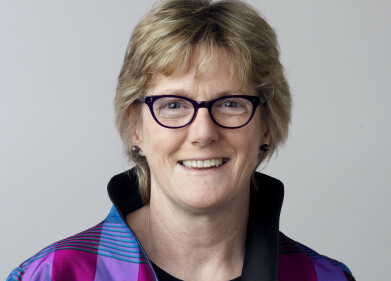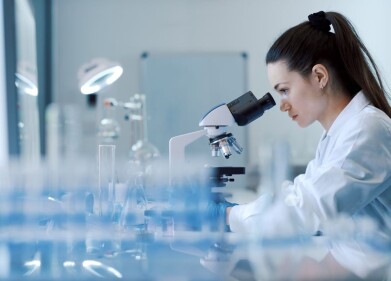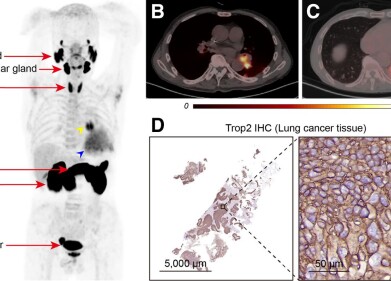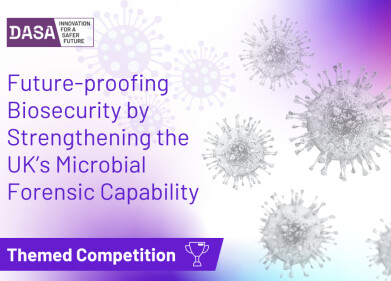-
 Lefkowitz, (left) 69, is an investigator at the Howard Hughes Medical Institute and professor at Duke University Medical Center in Durham, N.C. Credit: Ted Richardson Kobilka, 57, worked for Lefkowitz at Duke before transferring to Stanford University School of Medicine in California, where he is now a professor. Credit: Linda A.Cicero
Lefkowitz, (left) 69, is an investigator at the Howard Hughes Medical Institute and professor at Duke University Medical Center in Durham, N.C. Credit: Ted Richardson Kobilka, 57, worked for Lefkowitz at Duke before transferring to Stanford University School of Medicine in California, where he is now a professor. Credit: Linda A.Cicero
News & views
ESRF and STFC congratulate Nobel Prize Winners
Oct 15 2012
Brian Kobilka and Robert Lefkowitz are awarded the 2012 Nobel Prize in Chemistry for groundbreaking discoveries that reveal the inner workings of an important family of G-protein–coupled receptors (GPCR). In 2006-2007, Kobilka and his colleagues solved a key GPCR structure at the ESRF that is highlighted in the Nobel Prize announcement.
GPCRs are found on cell membranes throughout the body and can cause wide ranging, and important physiological effects. These include the retina’s response to light, the nose’s sense of smell and the strength of a heartbeat. They are often commonly used as drug targets, including for betablockers – drugs that slow down heart rate and are used in cardiovascular disease.
After scientists had succeeded to grow GPCR crystals, synchrotrons like the Advanced Photon Source (APS) near Chicago, US and, in particular, the ESRF and its automated microfocus beamlines were vital to extract useful diffraction data from the tiny crystals.
The first structural solution of a human GPCR was rhodopsin, in 2000, followed by a second structure in a different crystalline arrangement at the ESRF in 2004. It was in 2007 when Kobilka solved the first GPCR that binds to hormones or neurotransmitters. Using the ESRF’s ID13 and ID23-2 microfocus beamlines, his group at Stanford University in the US in collaboration with Gebhard Schertler and colleagues at the MRC Laboratory of Molecular Biology (LMB) in Cambridge, UK, determined the structure of the “beta-two adrenergic receptor” (β2AR).
“I have a very fond memory of the ESRF,” Kobilka told the ESRF in 2011. “Gebhard (Schertler) brought us to the beamline in 2005 to test our first crystals and again in 2006 and 2007 to collect data that led to the first β2AR structure.” This paved the way to Kobilka's achievement in 2011 called by the Nobel Foundation “another break-through; he and his research team captured an image of the β-adrenergic receptor at the exact moment that it is activated by a hormone and sends a signal into the cell”.
Today, everybody at the ESRF and STFC congratulates Brian Kobilka, his team at Stanford University and his co-workers around the world who took part in his research, for receiving the Nobel Prize 2012.
Photon Technology International (PTI,) specialists in providing high end research instruments for measuring fluorescence techniques and imaging, also congratulate Brian Kobilka and Robert Lefkowitz on their achievements. The company provided instruments used for some of their earlier pioneering work during the 1980’s:
“Dr. Robert Lefkowitz used our RatioMaster microscope photometry system to study Na+/pH exchange and Dr. Brian Kobika used our TimeMaster Laser strobe measured Time resolved Fluorescence data to characterized FM-labeled b2AR's lifetime,” a PTI spokesman said.
A spin-out company from the Medical Research Council, Heptares Therapeutics Ltd was created in 2007 and works to produce small molecule drug candidates that target GPCRs. It does this using a structure based design approach that would be impossible without the work of Kobilka, Leftkowitz and colleagues.
Digital Edition
Lab Asia 31.6 Dec 2024
December 2024
Chromatography Articles - Sustainable chromatography: Embracing software for greener methods Mass Spectrometry & Spectroscopy Articles - Solving industry challenges for phosphorus containi...
View all digital editions
Events
Jan 22 2025 Tokyo, Japan
Jan 22 2025 Birmingham, UK
Jan 25 2025 San Diego, CA, USA
Jan 27 2025 Dubai, UAE
Jan 29 2025 Tokyo, Japan


















